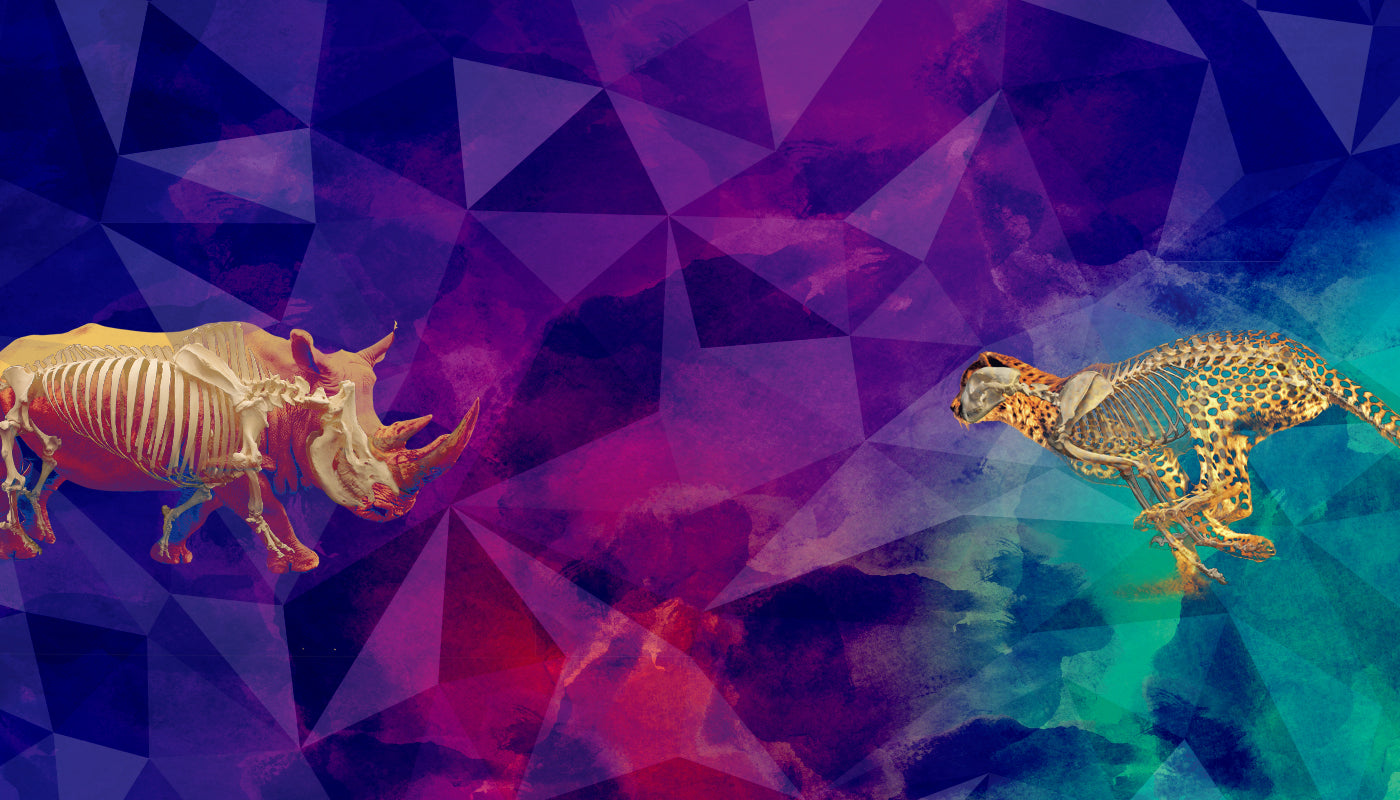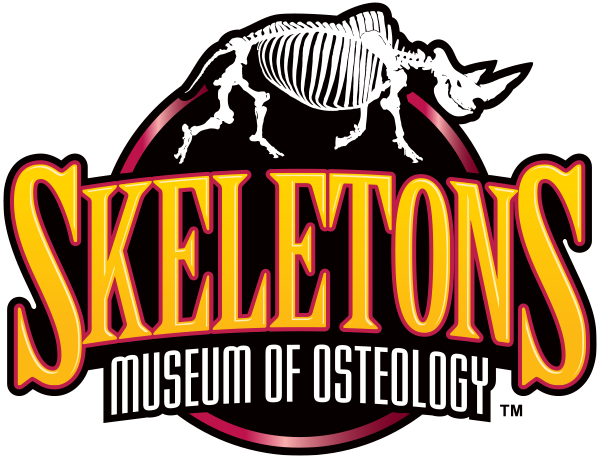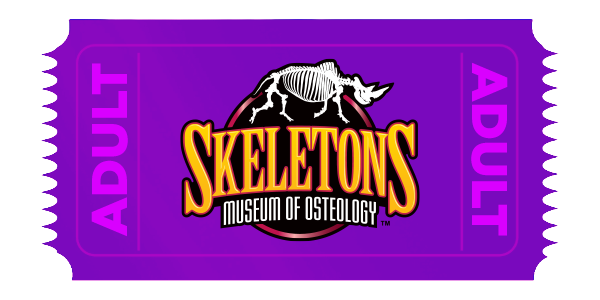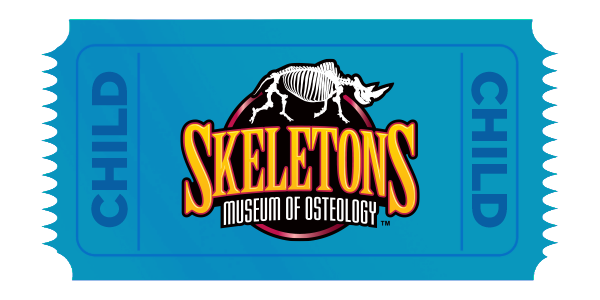EXHIBIT GALLERY
Step into the fascinating world of osteology with our exhibit gallery, featuring real skeletons from animals across the globe. Whether you're peering into animal adaptations or exploring the wonders of comparative anatomy, our exhibits are designed to spark curiosity in all ages. Bring your questions, your imagination, and your sense of adventure.
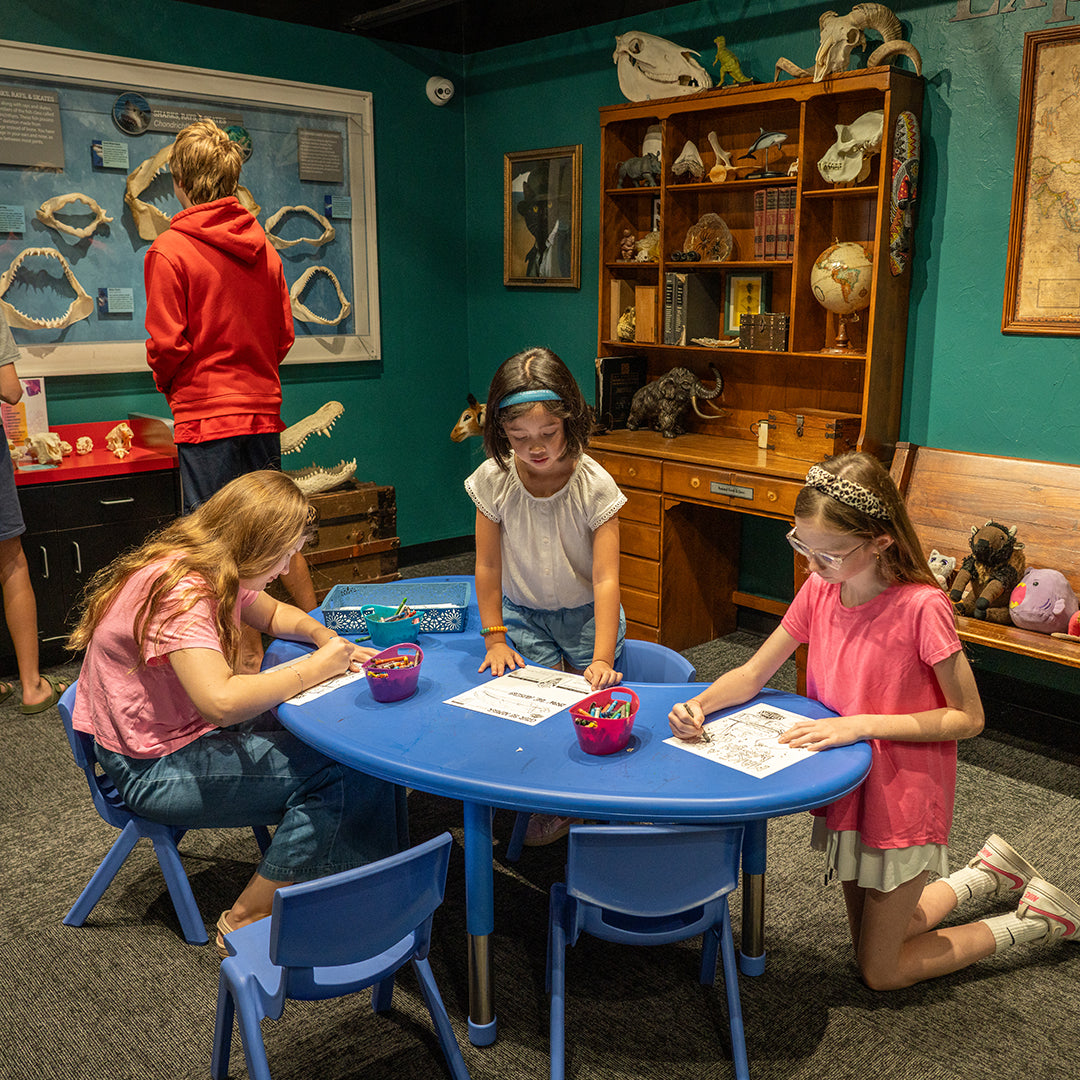
Explorer's Corner
Get up close and personal for a hands on experience with over a dozen real animal skulls. A one of a kind experience for kids to handle and examine various North American species. Test your knowledge of osteology and take on the challenge of identifying our ‘Mystery Skulls’.
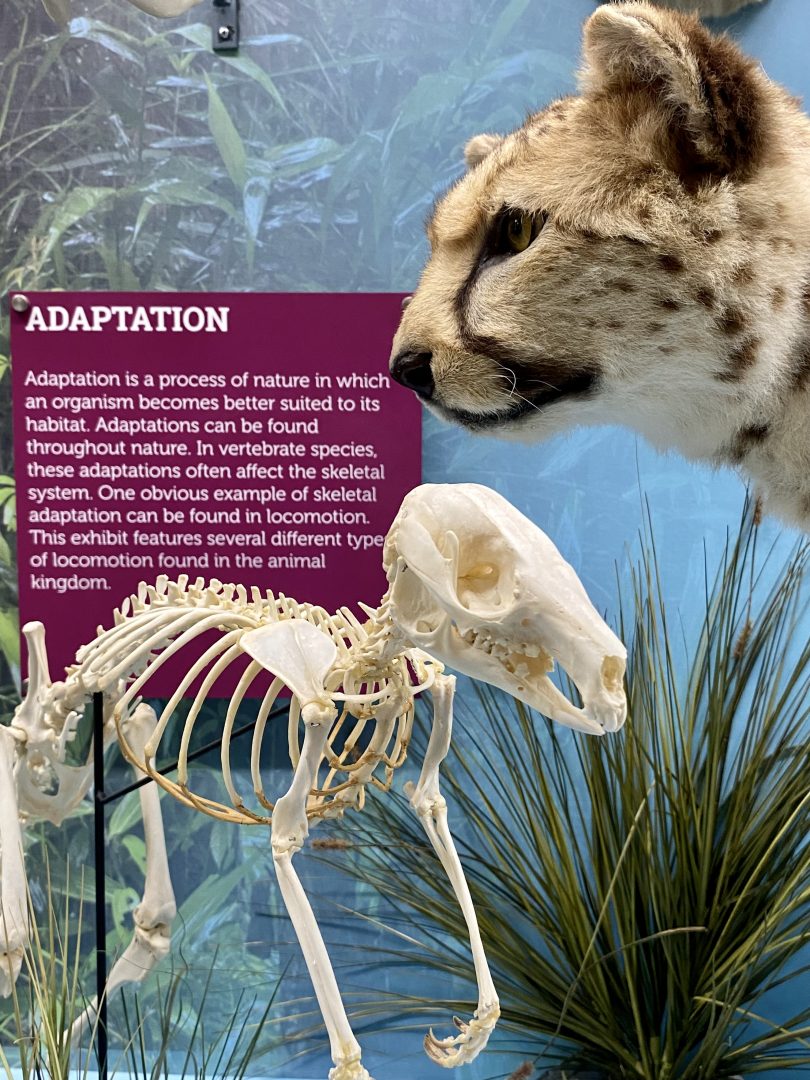
Adaptation & Locomotion
Adaptations can be found throughout nature. In vertebrate species, these adaptations often affect the skeletal system. One obvious example of skeletal adaptation can be found in locomotion. This exhibit features several different types of locomotion found in the animal kingdom.

Forensic Osteology
This exhibit is dedicated to Homo sapiens, also known as humans! Forensic osteology is usually used to identify age, death, sex, growth, and development of the human skeleton. In this exhibit, you will learn about human skeleton growth, including the growth and fusion of the human skull.

Oklahoma Wildlife
In our Oklahoma exhibit, we have 34 specimens not including the geological marvels only found in our state. Some of the most iconic animals of Oklahoma are the American buffalo, nine-banded armadillo, diamondback rattle snake, scissor-tailed flycatcher and the collared lizard.

Primates: Monkeys & Apes
The order Primates, meaning “prime or first rank”, contains approximately 431 species of lemurs, lorises, tarsiers, monkeys and apes. Most primates are arboreal and live in tropical or subtropical regions of the Americas, Africa and Asia, but there are a number of ground dwelling primates as well.
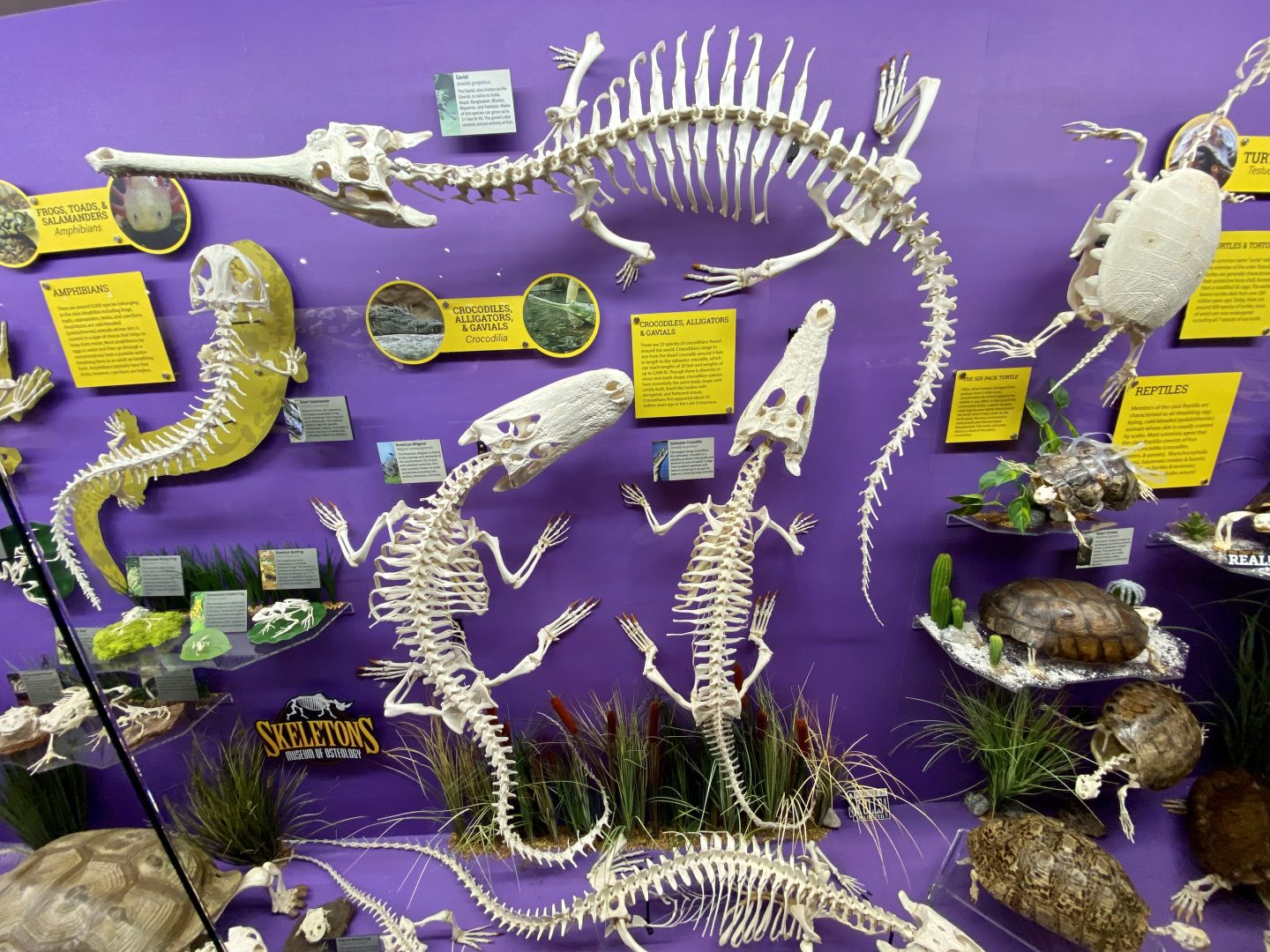
Reptiles & Amphibians
Comprised of more than 8200 species, members of the Class Reptilia are air-breathing, egg-laying, cold-blooded animals whose skin is usually covered by scales. There are over 8000 species belonging to the class Amphibia including frogs, toads, salamanders, newts and caecilians.

Marsupials
Marsupials are pouch-bearing mammals that give birth to underdeveloped offspring. These offspring complete their development within the mother’s pouch. There is great diversity within this order. Forms range from the carnivorous Tasmanian wolf to the herbivorous red kangaroo.

Carnivora
Carnivore means “flesh-eater”, and although this may refer to any mammal dining exclusively on other animals, is also the order assigned by taxonomists to include dogs, cats, bears and weasels. All carnivores share adaptations for life as predators, such as forward-facing eyes and large slicing canines.
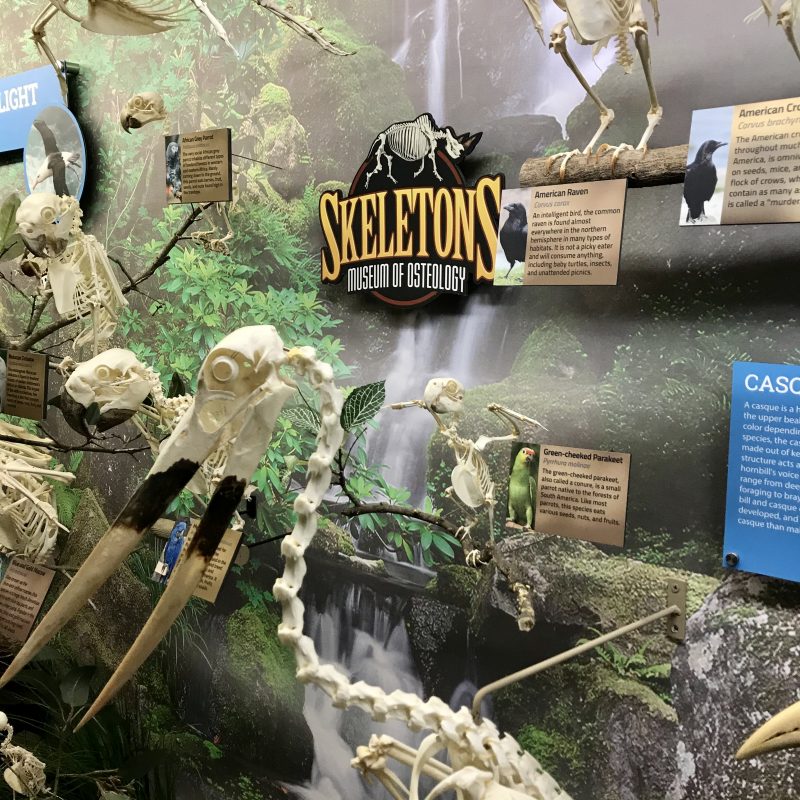
Aves
The class Aves includes all birds. These warm-blooded vertebrates have feathered covered bodies, give birth to egg-bound young and most have two limbs modified for flight. There are over 11,000 living species of birds distributed throughout the world. Birds occupy nearly all habitats and range in size.
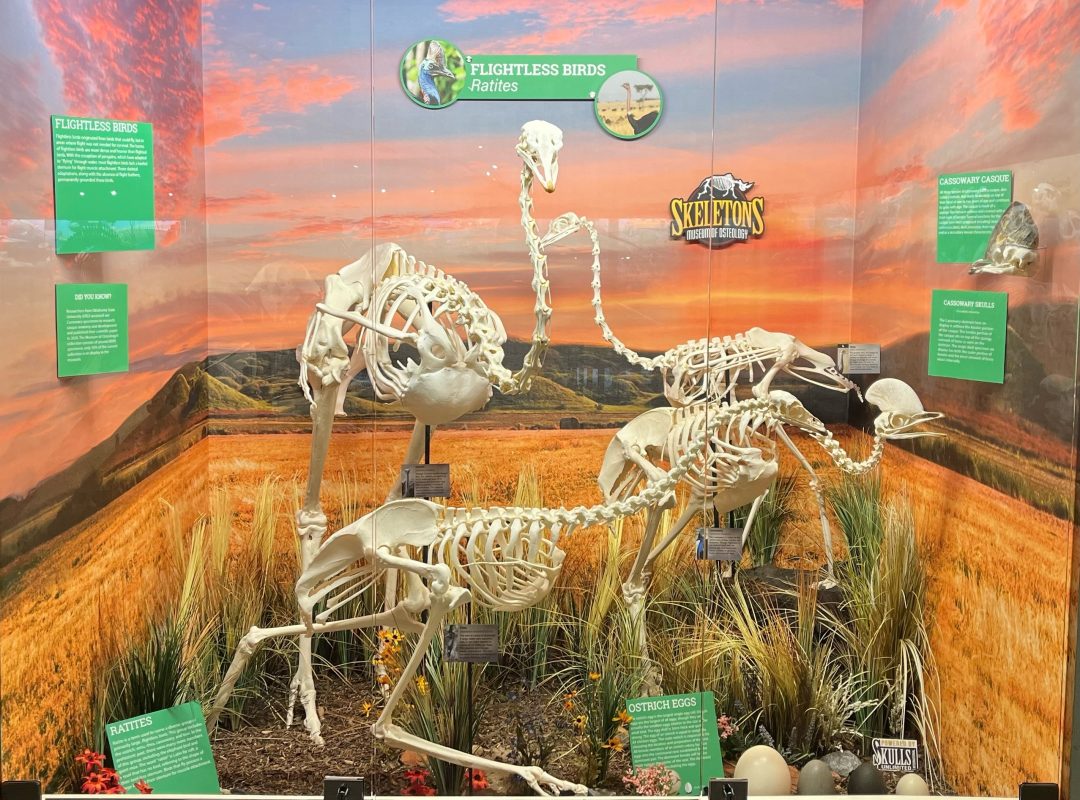
Flightless Birds
Flightless birds evolved from birds that could fly but in areas where flight was not needed for survival. Their bones are denser and heavier than other birds. With the exception of penguins, which have adapted to “flying” in water, most flightless birds lack a keeled sternum for flight muscle attachment.
